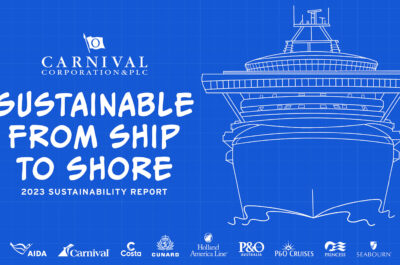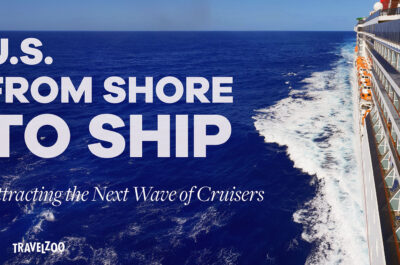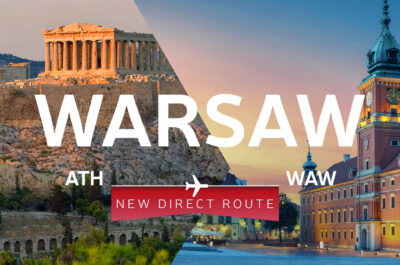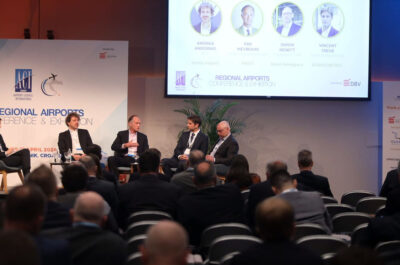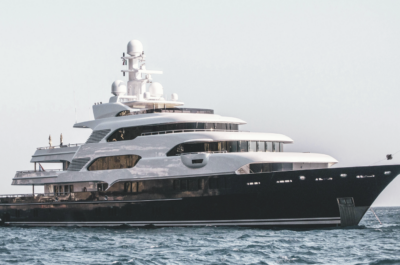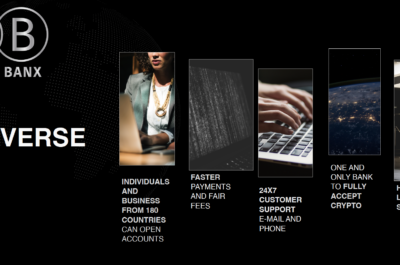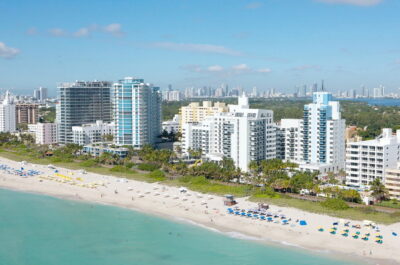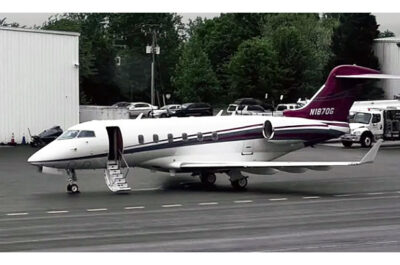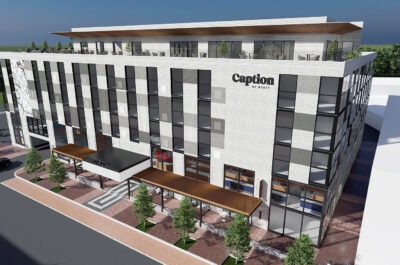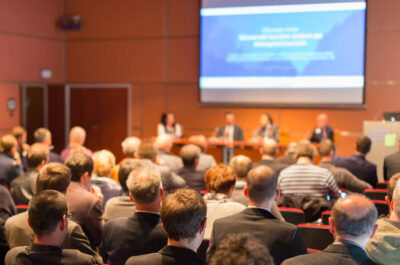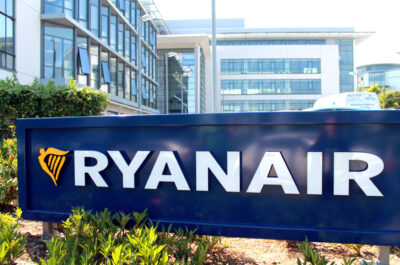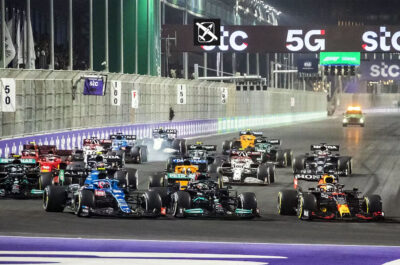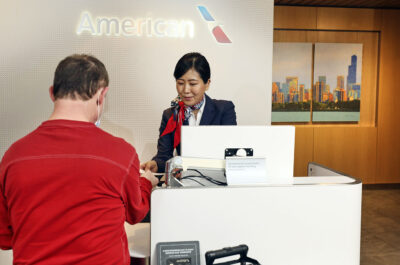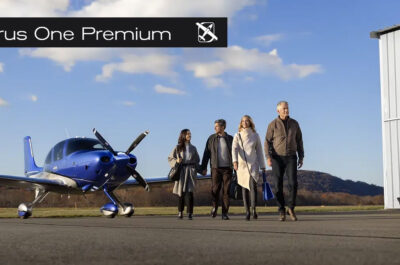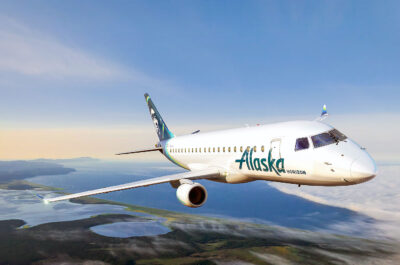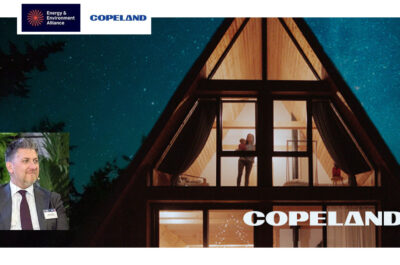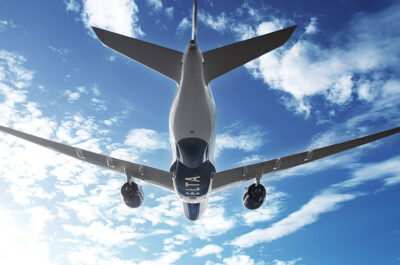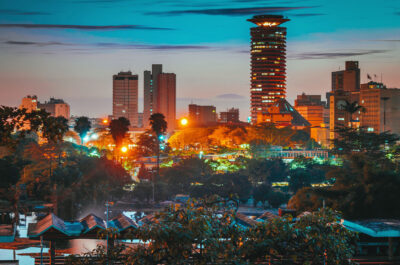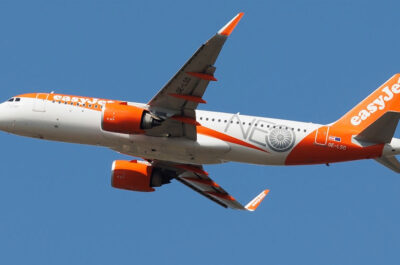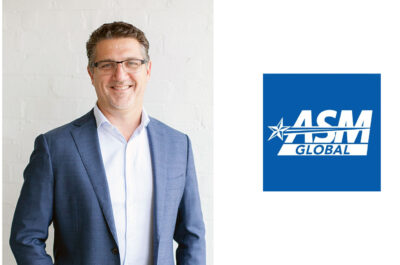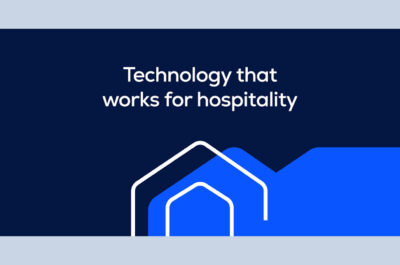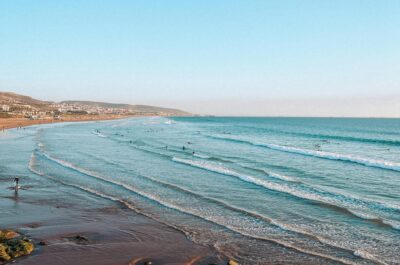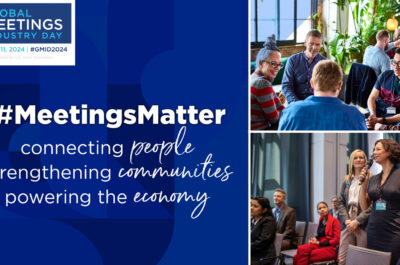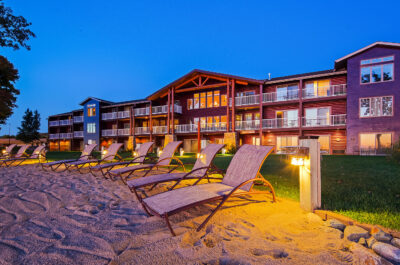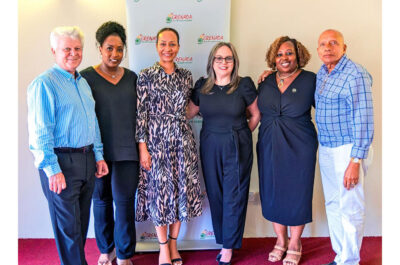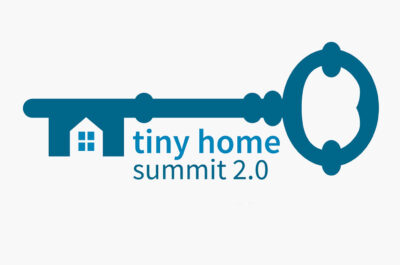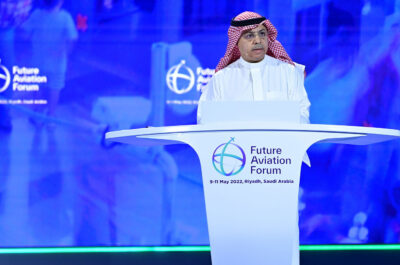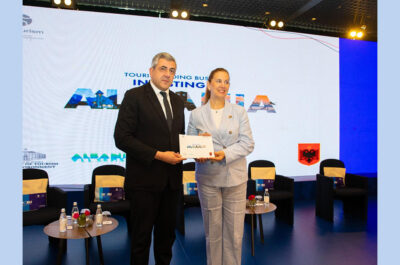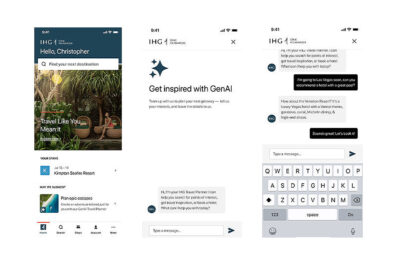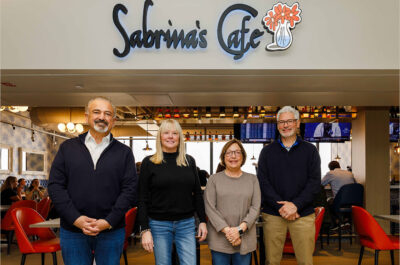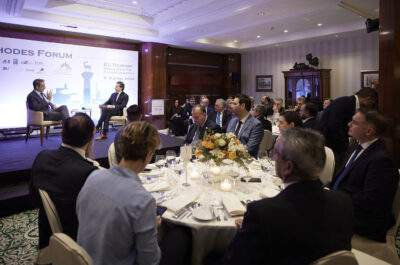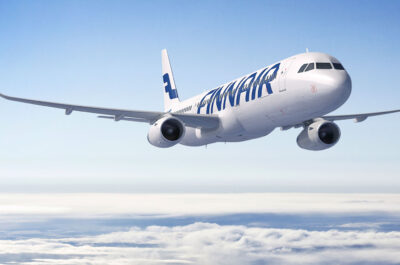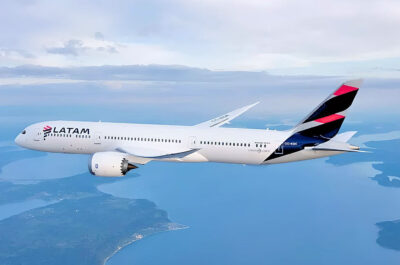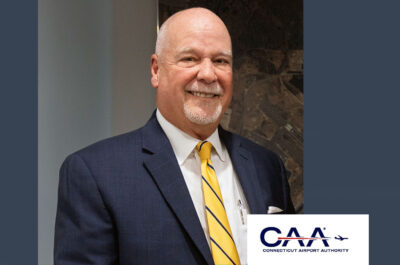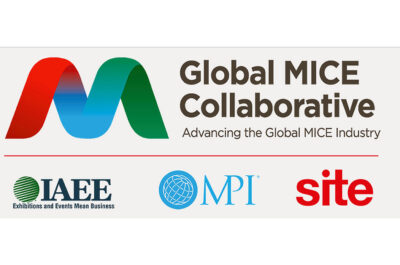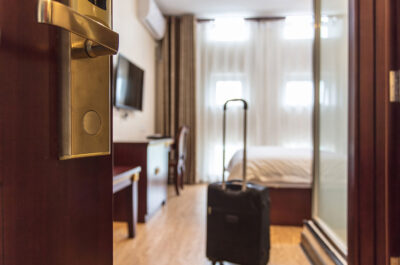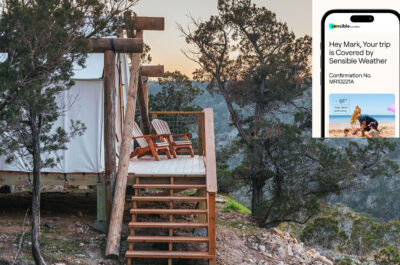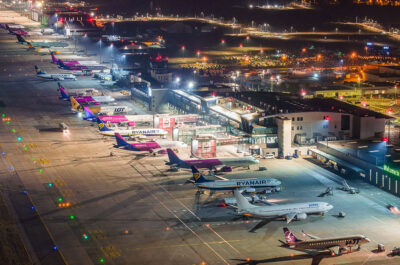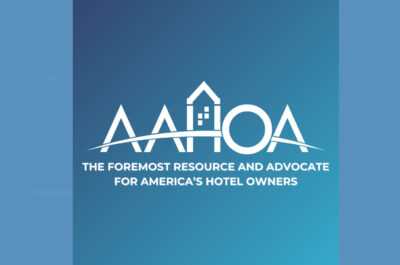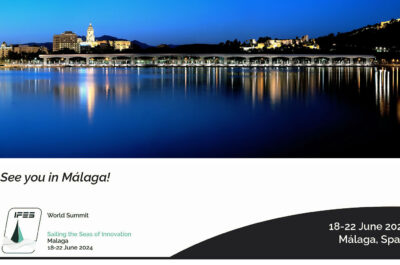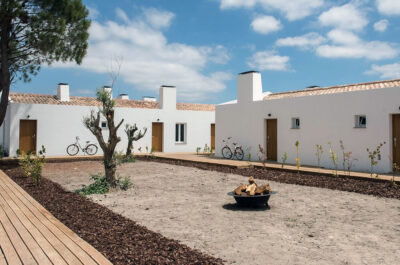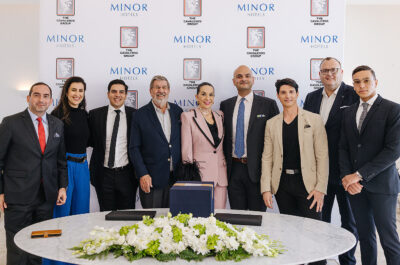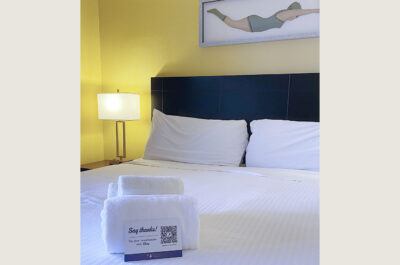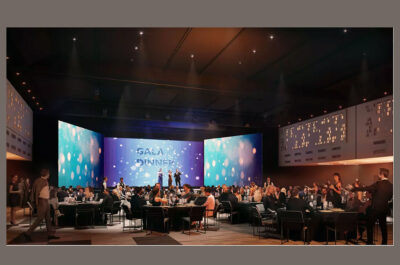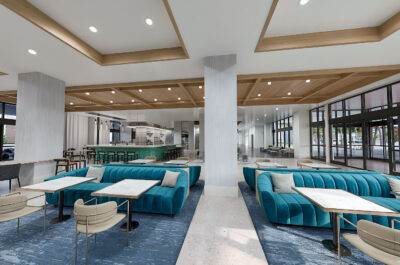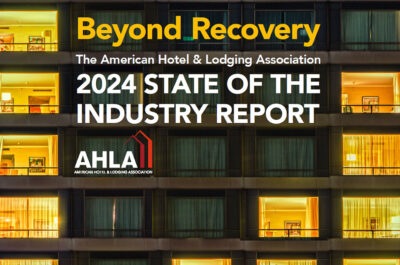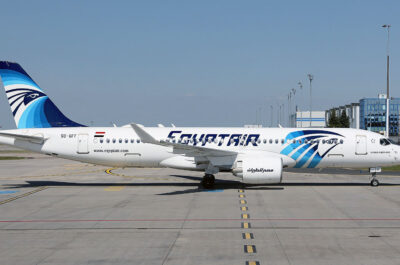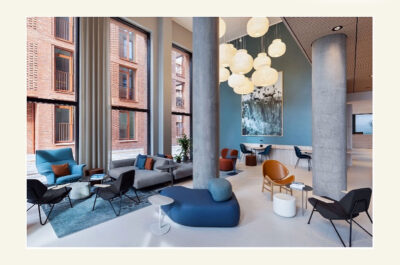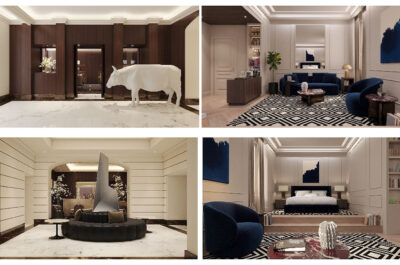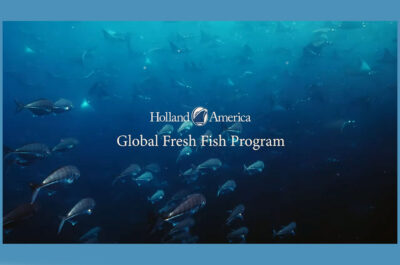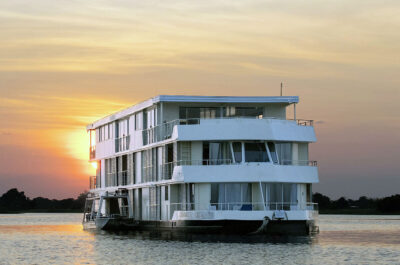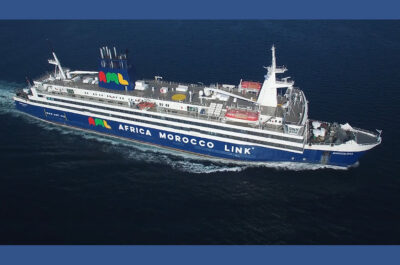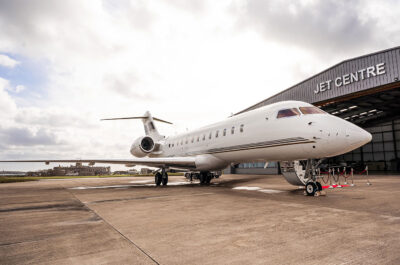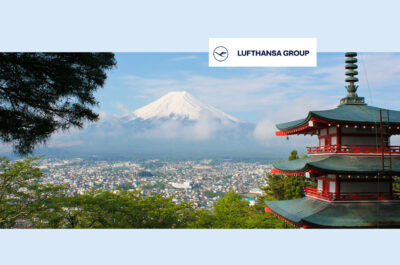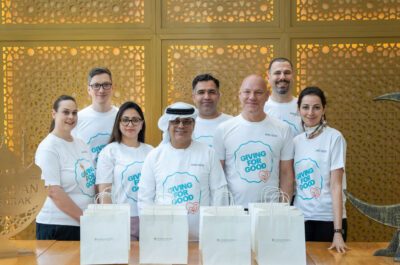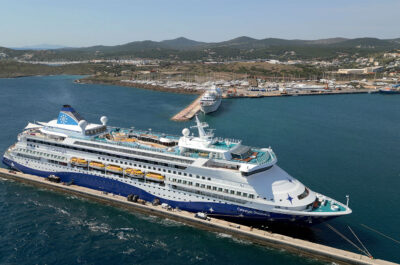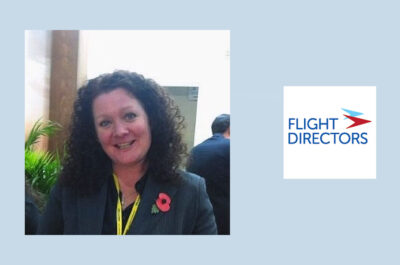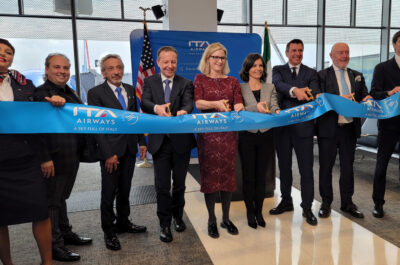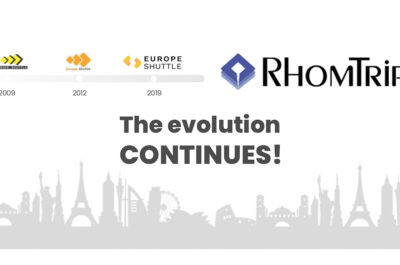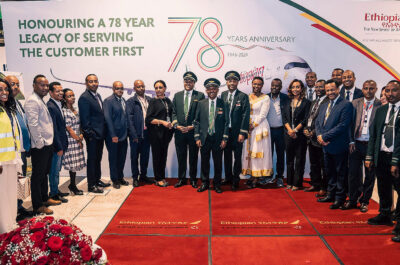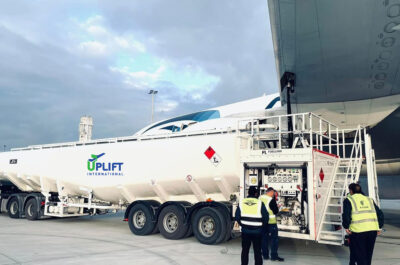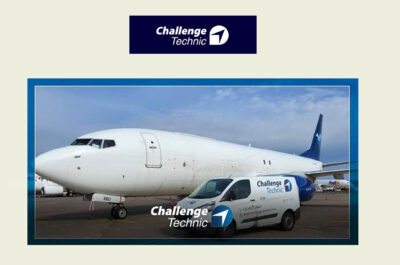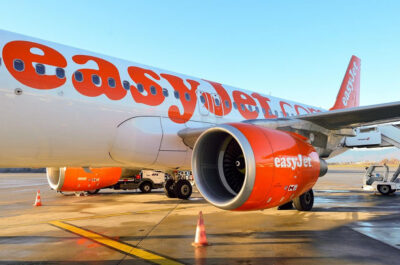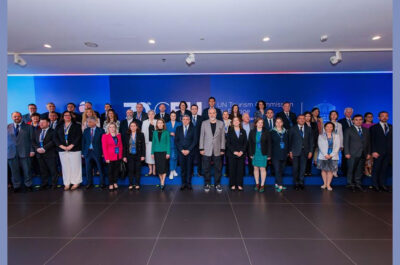…
 A well-structured proposal is composed of six parts:
A well-structured proposal is composed of six parts:
1. The cover letter in which the DMC develops sales arguments and solutions.
In this letter the DMC consultant should establish a personal relation with the client. He should explain his reasoning and why he makes this particular proposal. If what the client asks is not suitable for the programme or the local conditions, the DMC should offer alternative solutions. Remember that DMCs have an active role to play and should use their knowledge to the client’s advantage.
The DMC consultant’s approach should be open, frank and clearly manifest his desire to serve the client as well as show confidence and commitment to deliver the programme. At this point the DMC should gain the confidence of the client, therefore it is important to make a short presentation of his company and give any available references of similar programmes he has operated.
2. Summary grid of the proposal
Summarise the proposal in a short grid, presenting the whole programme in one page. This allows the client to focus on the principal elements of the proposal instead of losing himself in numerous pages of descriptions, menus etc.
In this document the buyer should be able to evaluate the merits of the proposal at a glance without loosing time.
3. Budget sheet with a full break-down of all the costing elements.
No matter how interesting a proposal is, at the end it always comes down to the budget and whether the customer can afford it. What counts above all for the buyer is to know if his customer can afford the proposal. Practice has shown again and again that all buyers wish to be able to evaluate at a glance the total budget.
Many DMC’s present their rates next to or between service descriptions. This presentation can be very confusing and time consuming for the buyer or planner who must read through all the descriptive texts to locate the respective rates. Then he has to add up every item before coming to a total budget. This is a very laborious exercise for someone who has to judge several proposals at the same time.
“Make it easy for your client” to evaluate and buy your proposal. Use clear itemised budget presentations, where every cost is broken down item by item, multiplied by the cost units and giving a provisional total budget.
This form of presentation is much appreciated by those who do not have the time to make up their own budget sheets. It gives them a clear picture of what they are buying and how much budget they need. The same budget document can later used as part of the contract, purchase order or as a pro forma invoice. This system can gain time for both the buyer and DMC.
The Incentive Travel and Meeting studies show that the cost factor does not occupying the first place in a decision making process, however it is always ranking among the 3 top decision-making factors. Thus, when budgeting a proposal the DMC must try to remain competitive and offer best value for money. The best is not always the most expensive.
Although you will always find some clients who want “champagne on a beer budget” in general, incentive buyers and corporate users know the value of a product and are ready to pay a reasonable price for a given value and creativity.
It is always in the best interest of the DMC his client to address the basic budget needs of the Corporate and demonstrate creativity by proposing eventual programme enhancements. The DMC should always negotiate with suppliers and especially the hotels for each programme instead of applying standard contracted rates. Contract rates should be used as a safeguard and a platform of negotiation for lower rates.
Standard components of a programme (hotels, transfers, city tours or similar) have to be competitive keeping in mind the local competition. Prices for tailor-made events, or created for the client from scratch, do not fall among the “standard rates” as usually they include the costs of the concept, research, creation, and trials.
A full break-down of each service is always required by the buyers and DMCs should never package the full programme with one price other than using this rate as a promotional example. Packaging a programme will immediately show the client that you not understand his needs and that you are used to the tourist business.
The presentation budget must be complete without any last minute surprises for the client. If because of budget restraints the DMC has to quote on an inferior product, he must warn the client about this and advise him of the supplement for improving the quality. This must be done from the very beginning of the presentation to avoid misunderstandings.
All rates must be guaranteed for the time of the operation. DMC’s in destinations which do not offer enough stability to guarantee rates, should try to guarantee the maximum estimated increase.
4. Fully developed programme.
If the client is interested in the presentation, this is the part of the offer he will use for his own presentation. The description of the tours, excursions, theme parties or venues should be very accurate and attractive but without exaggeration.
If dates are known it is important to check the availability of the venues before proposing them and, if possible to hold options waiting for the client’s response. If the client likes the proposal and the venues are not available, this will be considered unprofessional and might cause the loss of the business.
The first proposal must reply to all the questions of the client. By doing so, the DMC not only saves time for himself but also saves time for his client who can present his bid faster.
If the client is asking by numbered questions 1, 2, 3, etc., number your replies accordingly so he can easily match his questions with your replies. Do not end up your proposal with the rates as the costing might leave a bitter taste for the client. Instead use the “sandwich’ approach putting the budget in the middle of the offer and terminate with the descriptive program to make the client dream about it.
While preparing your proposal keep in mind the important role the budget is playing and that you must offer “value for money” which plays a very important role in the decision making process world-wide. In the following graphic of a past study you will better visualise this relation.

5. General Sales Conditions.
The client must be informed as soon as appropriate of the DMC’s sales conditions:
- What options have been taken
- When they expire
- What deposits have to be paid and when
- What will be the cost of inspection trips
- Any prepayment requirements
- What are the cancellation conditions
- What are the general sales terms and liability conditions
Like any other company Destination Management Companies must apply their own commercial terms which can vary according to their notional legislation, local conditions and the programme requirements. The sales conditions should be equitable for the customers and the DMC who also must carry all necessary liability and professional insurance.
Many Customers before contracting with a DMC will require a copy of the DMC’s insurance to make sure that there is the necessary coverage. In many western European countries the liability insurance of the DMC’s is mandatory by the national legislation and the DMC have also to be bonded with the government or their national association.
DMCs under the EU laws should be aware of the 8th Directive regulating the responsibilities of operators and the protection of consumers and carefully apply the articles concerning their professional liability.
It becomes universally acceptable that DMCs request a “goodwill deposit” of 3-10% for the closing of the business. Except for the required deposits it is also normal to request prepayment 30 days before the execution of the programme. It is generally accepted to leave an outstanding amount of 5-15% open to be paid after the execution of the programme.
As in all business, the DMCs must be very careful to whom they give credit. One should always consider that during the operation of the programme there will be extra costs which the client will request be added to the master bill. These extras, especially on “cost plus” charges, can be as high as 20%-30% of the total billing and this by itself is a form of an important credit.
Like in all business, it is known that several DMC’s have lost money from some very reputable incentive companies who went out of business right after their last operation, or for several reasons never paid the outstanding balance.
DMCs who request prepayment have rarely lost business for this reason
6. Collateral and Supporting Material
In most cases, the DMCs have to present their proposal to planners who are not familiar with the destination. Helping the planners to understand and visualise the product by providing them with all necessary visuals, such as photos, brochures, videos, meeting floor plans etc. gives extra advantages for winning the business.
Depending on the importance of the proposal and the client, the DMC may not have to do this at the very first offer but certainly this should be done at the second round. Having these materials available at the right time is always a problem so the DMC must be prepared in advance to have always at hand supporting material.
The best way is to develop a library with sufficient supplies of brochures and pictures of the incentive and convention hotels, venues and events. Having a handy photo camera and taking digital pictures of venues, restaurants, hotels, theme parties, and sporting activities is another excellent way of creating a picture library. Video clips always add an extra dimension.
Many times it is difficult to film or photograph actual scenes from an incentive programme as this requires the permission of the client, however there are always possibilities for accommodating clients who will allow you to take the necessary pictures.
Floor plans of banqueting rooms, seating plans of venues, diagrams of meeting rooms, and similar layouts are important working tools for conference and meeting organisers.
Today computer technology offers an extraordinary range of presentation possibilities. Scanning the pictures of the venues and themes and storing them on a hard disk saves filing space and allows the printing of the necessary pictures with a colour printer whenever required.
E-mail, the electronic transmittal of files and the web have opened to DMC’s new ways of communications and presentation. Electronic transmission of the proposals, colour photos, graphics and PowerPoint presentations are cost effective provided you have a person who can create them.
Experience has shown that when the client asks the DMC to send presentation or gift materials by overnight mailing (DHL or FEDERAL EXPRESS) he is usually willing to pay for it. The best way to handle such a situation is for the DMC to ask the client for his DHL customer number for reversed charges.
In selecting the presentation material the DMC should be careful to choose recent pictures and visuals which do not misrepresent or oversell the products.
You can download examples of an offer and presentation from the links;
For the presentation of proposal click here
For a PowerPoint presentation of the same offer click here
If you are interested in software to make offers like this contract Tasso Pappas CITE
At the next issue: Gross profit margins of a DMC
![]() © Tasso Pappas CITE
© Tasso Pappas CITE
Tasso Pappas was President of the SITE Greek Chapter 2006-2010 and served as President of SITE Intl. in 2000. This article is an extract from his book “To be or not to be a DMC” which he wrote in 1996 as his thesis for the certification as CITE (Certified Incentive Travel Executive). More information about Tasso Pappas you can find at http://sites.google.com/site/tassopappasconsultancy/
Contact: tassopappas@otenet.gr


































































































